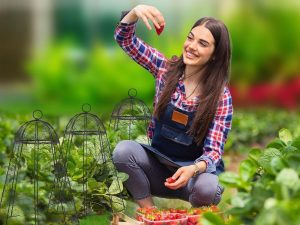Last Updated on May 2, 2024 by teamobn
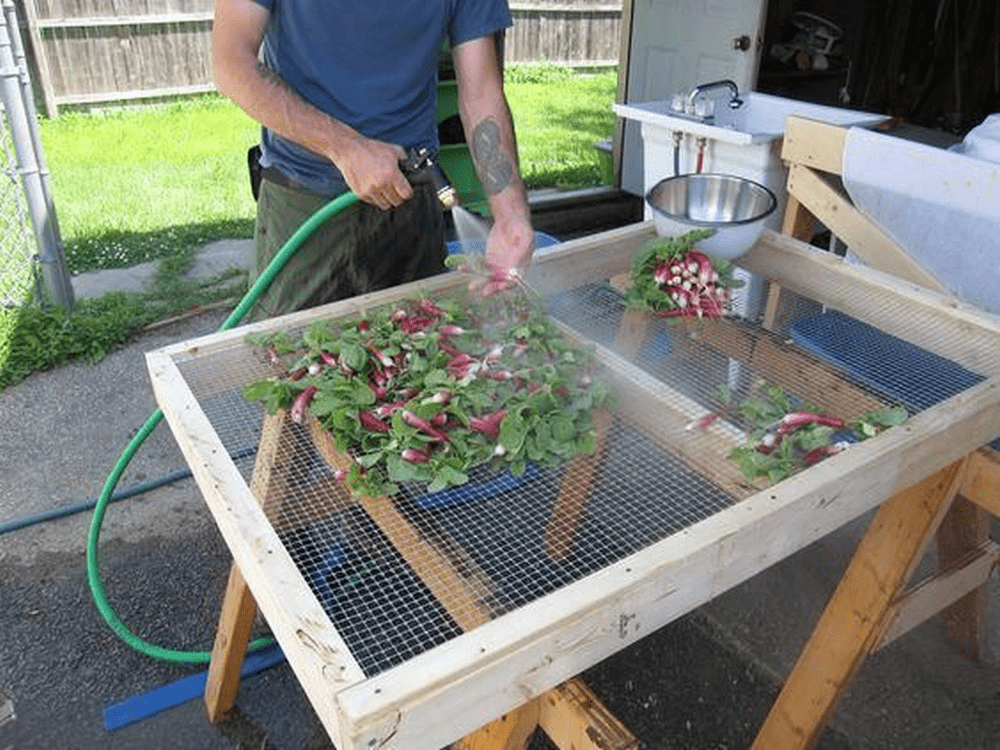
If you’re growing vegetables in your backyard, harvest season is always an exciting time. You’re literally seeing the fruits of your labour.
However, the process of harvesting itself can be quite arduous, as it varies in difficulty depending on the vegetable type and quantity, potentially involving strenuous labour.

Fortunately, there are tools available that could lighten the task at hand. A garden trug, or a harvest basket, is a great example. You no longer have to worry about your crops falling off your hands because you can’t carry them all.
If you’re feeling crafty, you can even create your very own DIY garden DIY trug. The possibilities are boundless, and you can customize them to suit your unique needs and preferences.
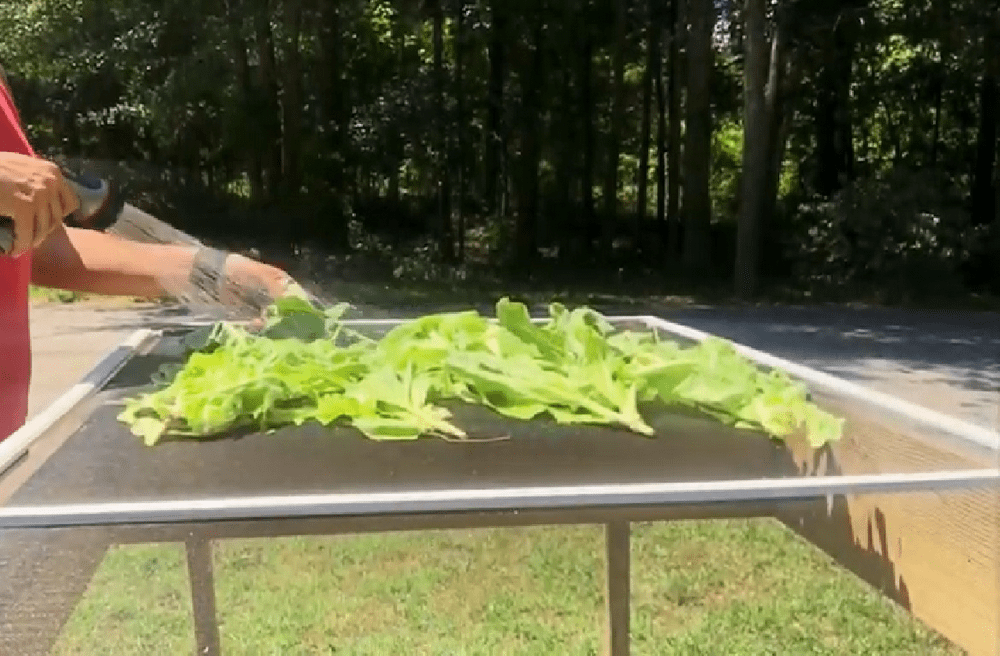
Then here’s another one – a DIY veggie washing station. This ingenious solution provides a dedicated area to conveniently store your harvest temporarily and rinse them before bringing them inside. Having one offers numerous advantages. Give it a shot and experience its remarkable usefulness firsthand!
Why You Need a DIY Veggie Washing Station?
Contents
It’s time to take your garden game to the next level by building your very own DIY veggie washing station. This simple yet valuable addition will enhance your gardening experience and provide you with a multitude of benefits.
1. Preserving Freshness
Imagine plucking a vibrant, ripe tomato or a crisp bundle of lettuce from your garden. With a DIY veggie washing station, you can promptly wash your harvest on-site, preserving its freshness.
By removing dirt, debris, and any unwanted pests, you’ll ensure that your vegetables retain their natural flavours and nutrients, delivering a farm-to-table experience like no other.
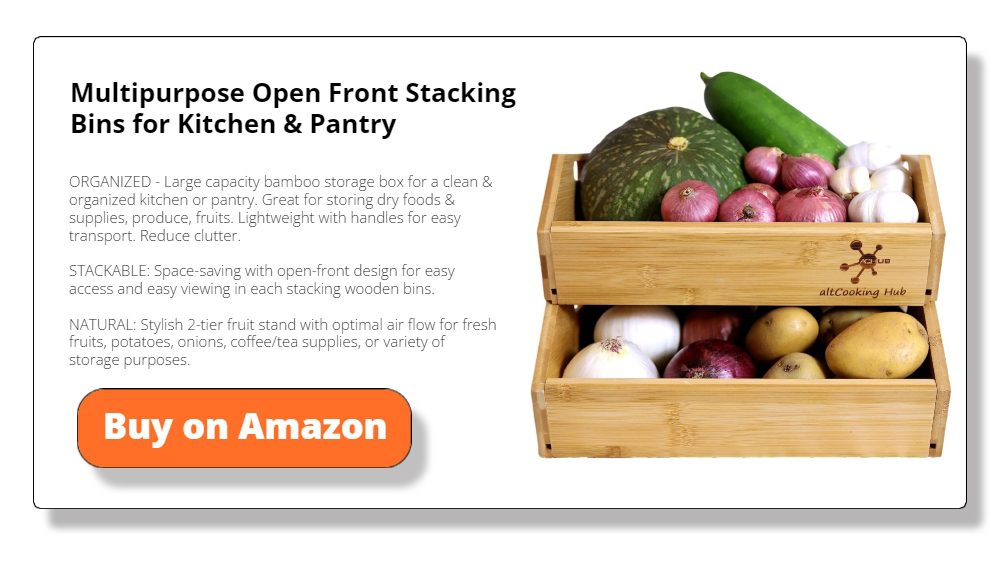
2. Enhanced Food Safety
Maintaining proper hygiene and food safety practices is essential when it comes to the products we consume. By building your own veggie washing station, you take control of the cleanliness process.
You can use organic, eco-friendly cleaning solutions and thoroughly rinse your vegetables, reducing the risk of contamination and promoting a healthier eating experience for you and your family.
3. Convenient Harvest Preparation
Bringing your freshly harvested vegetables indoors for washing can be time-consuming and messy. With a dedicated veggie washing station right in your garden, you save time and effort by eliminating the need to transport your harvest elsewhere.
Simply place them on the station, give them a thorough wash, and they’ll be ready to be included in your meals or stored for later use.
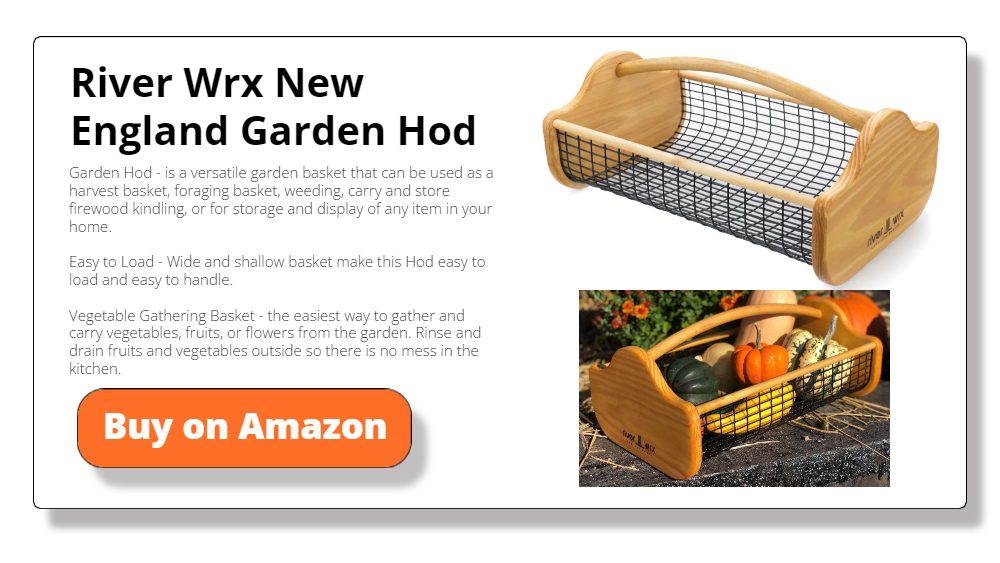
4. Sustainable Water Usage
Conserving water is vital, especially in regions where water scarcity is a concern. With a DIY veggie washing station, you can implement water-saving techniques.
Install a collection system to capture and reuse the water used for washing your vegetables, ensuring minimal wastage. This sustainable approach not only benefits the environment but also reduces your water bills in the long run.
5. Customization to Suit Your Needs
By building your own veggie washing station, you have the freedom to customize it according to your specific requirements. You can design the station to accommodate the size of your garden, choose materials that align with your aesthetic preferences, and include additional features like drainage systems or storage compartments.
This customization allows you to create a practical and visually appealing space that complements your gardening style.
6. Less Expensive Option
Building your own veggie washing station is a pocket-friendly alternative to purchasing a pre-made one. By sourcing materials locally or repurposing items you already have, you can significantly reduce costs. This DIY approach allows you to save money while creating a customized washing station that suits your needs perfectly.
Additionally, the cost-effective advantage allows you to allocate your funds towards other gardening endeavours or invest in high-quality materials to enhance the longevity and functionality of your DIY creation.
How to Make a DIY Veggie Washing Station?
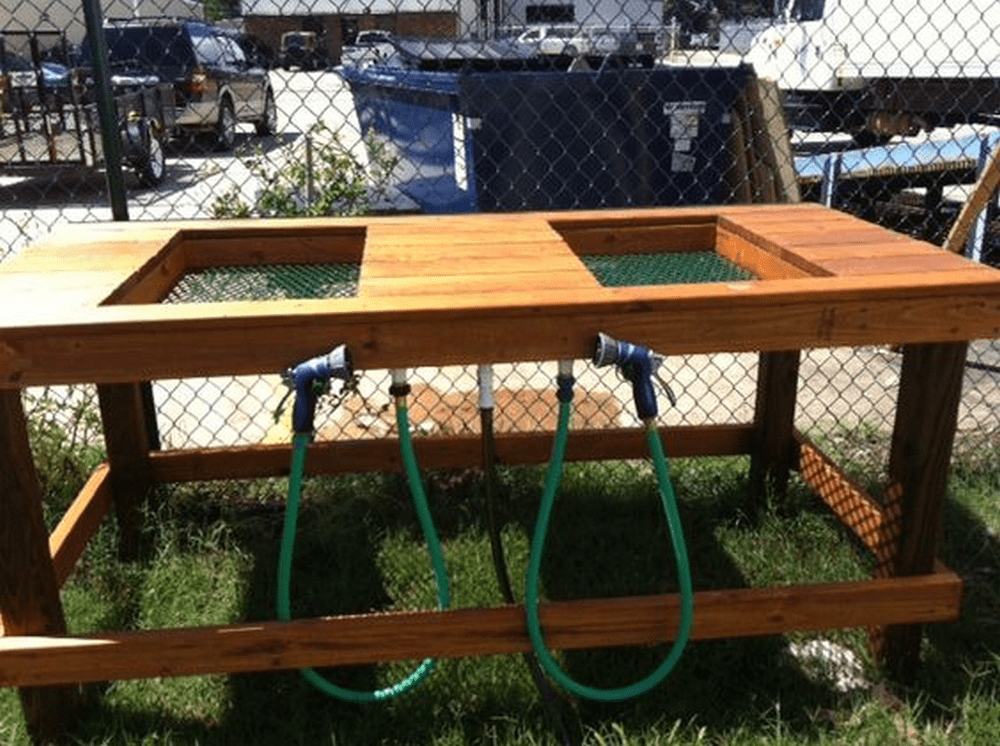
Bid farewell to the hassle of messy produce washing! It’s time to embrace your inner DIY genius and create a one-of-a-kind veggie washing station. Say goodbye to laborious preparation and welcome effortless meal prepping.
To start, collect the necessary materials and tools for this exciting project.
Materials
- 6 pcs 2×3’s
- 2 new buckets with lids
- 2 sections of welded wire
- about 30 fence staples
- 40 screws
- Stain
Tools
- Circular saw
- Drill with a drill bit
Click on any image to start the lightbox display. Use your Esc key to close the lightbox.

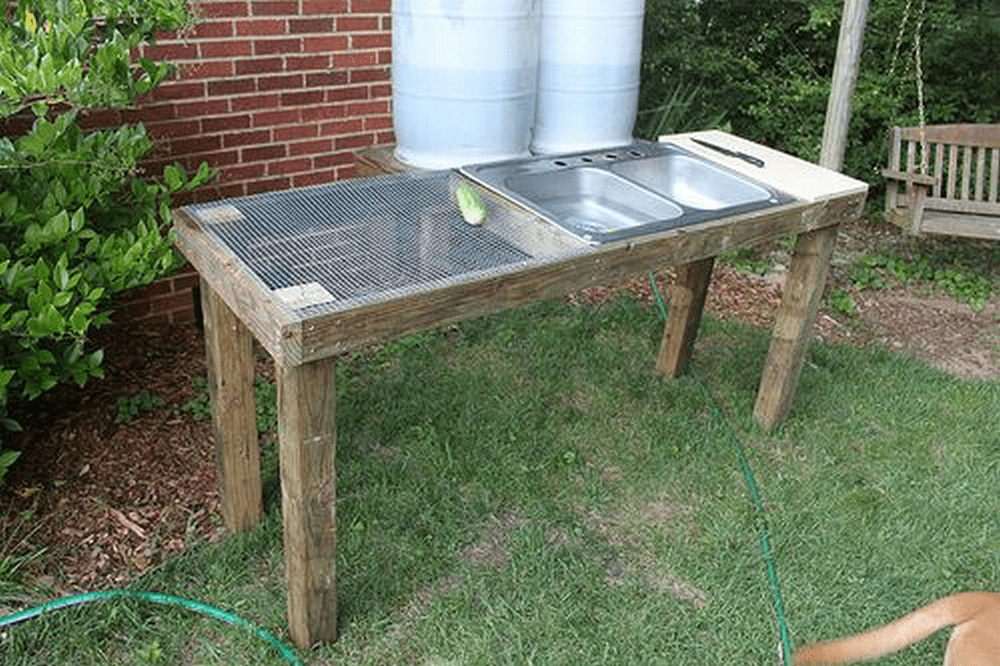


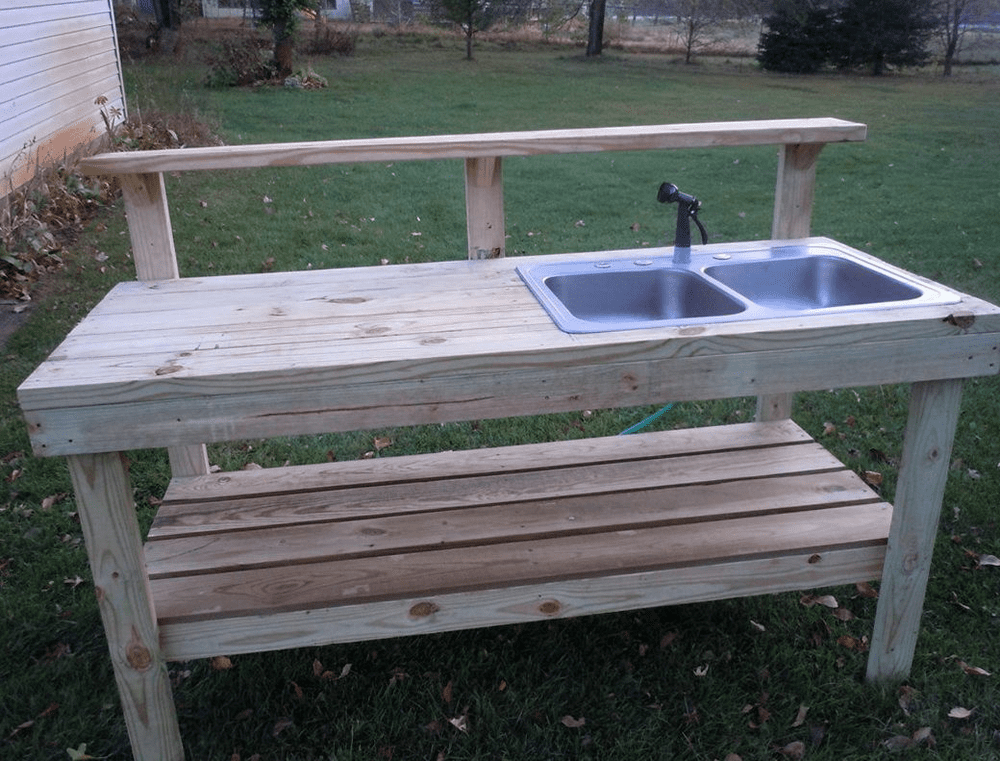
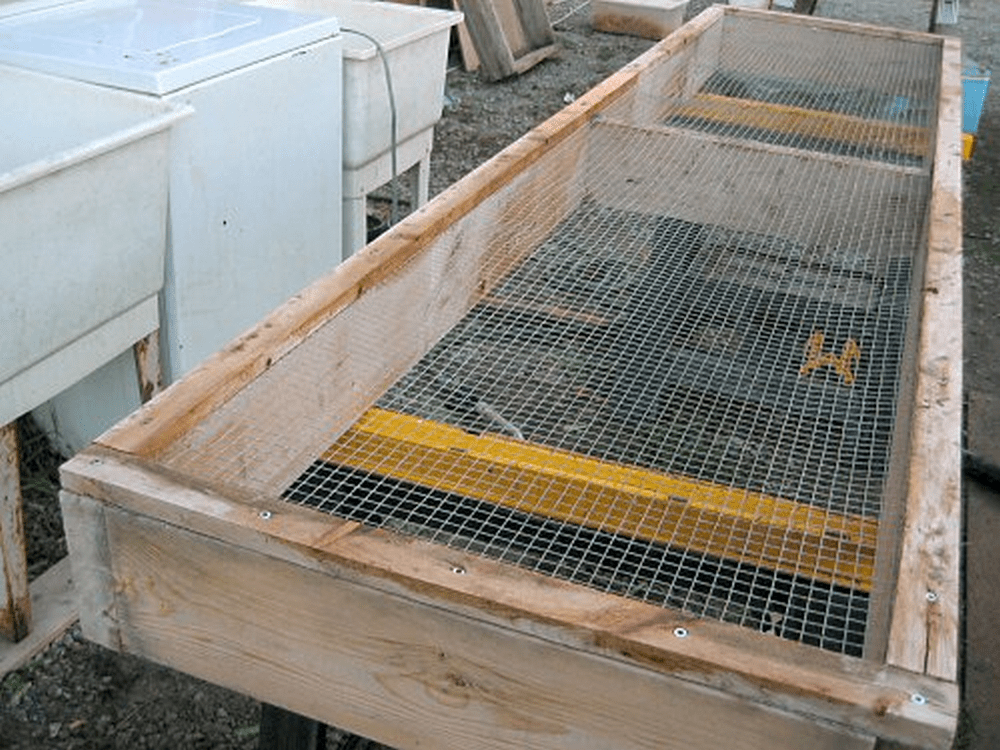


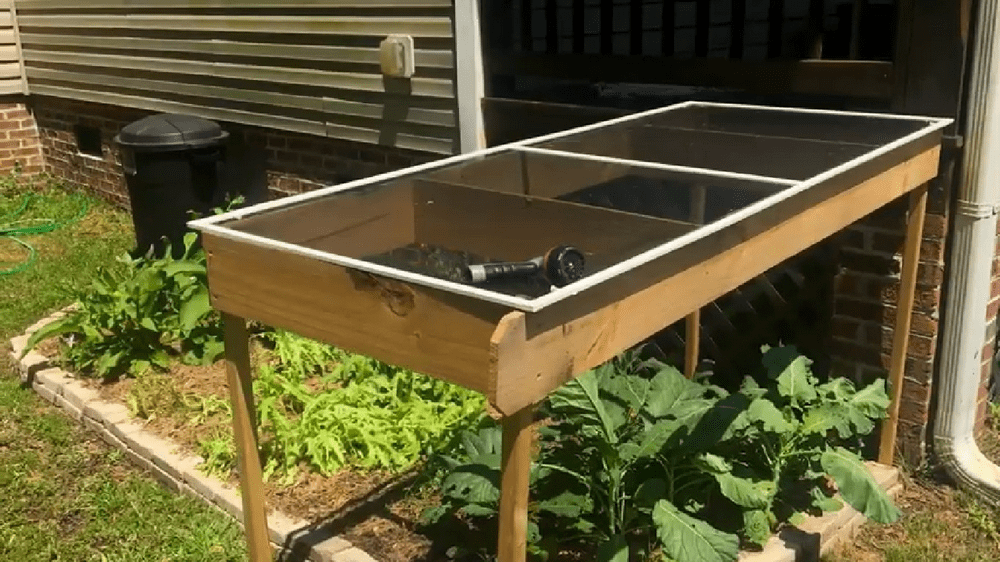
Steps
Learn how to build this veggie washing station by watching the video below. With clear demonstrations and easy-to-follow steps, you’ll quickly grasp the techniques and gain the confidence needed to successfully complete this DIY project.
Step 1: Design and Planning
- Sketch the design of your veggie washing station. It should include a frame to hold the buckets and an area to dry or store the vegetables after washing. Decide on the dimensions based on your space and needs.
Step 2: Cutting the Wood
- Use the circular saw to cut the 2×3’s according to your design. You’ll likely need four legs for the station, plus several pieces to form a frame that will support the buckets and provide an upper shelf.
Step 3: Assembling the Frame
- Arrange the cut pieces to form the frame. Use the drill to make pilot holes, and then screw the pieces together using the 40 screws. Ensure the frame is sturdy and level.
Step 4: Preparing the Buckets
- Decide on the placement of the buckets within the frame. One bucket can be used for washing, and the other for rinsing or holding produce. If necessary, cut holes in the frame to secure the buckets. Ensure they are easily removable for cleaning and draining.
Step 5: Attaching the Welded Wire
- Cut the welded wire to fit the top section of the frame, which will serve as a drying or storage shelf. Secure the wire to the frame using the fence staples, ensuring it’s tightly affixed and smooth to avoid snagging any produce.
Step 6: Staining the Wood
- Apply a coat of stain to all wooden parts of the veggie washing station. This will help protect the wood from moisture and give your station a finished look. Allow the stain to dry completely.
Step 7: Final Assembly
- Once the stain is dry, assemble all parts together. Place the buckets into their designated spots. Double-check all screws and staples to ensure everything is secure and stable.
Step 8: Adding Accessories
- Consider adding hooks or holders for garden tools on the side of the station. You could also attach a small hose or a water jug for easy access to water.
Step 9: Testing the Station
- Test your new veggie washing station by placing vegetables in the wash bucket and using it as you would during your gardening routine. Adjust any components as necessary to improve functionality.
Extra Tips for Building Your Own DIY Veggie Washing Station
Building your own DIY veggie washing station is an exciting endeavour that brings convenience and practicality to your gardening routine. To ensure that your veggie washing station is not only functional but also optimized for your specific needs, here are some valuable additional tips that will help you elevate your DIY project to the next level.
From choosing the right location to incorporating smart features, these extra tips will guide you toward creating a veggie washing station that is efficient, durable, and tailored to your preferences.
1. Location Matters
Choose a suitable location for your veggie washing station. Consider factors such as accessibility, proximity to your garden, and available space. Ideally, place it in a convenient spot that allows easy transportation of harvested vegetables.
2. Consider Ergonomics
Design your veggie washing station with ergonomics in mind. Ensure the height of the working surface is comfortable for you to prevent unnecessary strain on your back and arms during the washing process.
Add an extra sprayer or faucet if needed. This makes the cleaning process more convenient. This allows for efficient rinsing and ensures thorough cleaning of your vegetables.
Additionally, enhance the functionality of your DIY veggie washing station by incorporating storage compartments or shelves. These additional spaces can be used to store tools, cleaning supplies, or harvested produce.
3. Regular Maintenance
Keep your veggie washing station in optimal condition by regularly cleaning and maintaining it. Remove any debris, sanitize the surfaces, and inspect for any issues. This will help prolong the lifespan of your station and ensure its continued usefulness.
4. Personalize and Decorate
Give your veggie washing station a personal touch by adding decorative elements or painting it in vibrant colours. Not only will this make it visually appealing, but it will also add a touch of personality to your garden.
By implementing these extra tips, you can enhance the functionality, aesthetics, and overall usability of your DIY veggie washing station. Enjoy the process of building and using your customized station, and revel in the joy of freshly washed and ready-to-eat homegrown vegetables!
Suds, Scrub, and Savour
If you’re a passionate gardener or someone who loves to grow your own vegetables, building your own DIY veggie washing station offers numerous sparkling benefits. Not only does it provide a dedicated space to wash your harvest, but it also ensures freshness, convenience, and food safety.
Additionally, constructing your own DIY veggie washing station allows for customization according to your specific needs and preferences. It’s an opportunity to embrace sustainable practices by incorporating water-saving features.
Building your own station also proves to be a budget-friendly alternative to purchasing a pre-made one, making it an accessible option for all garden enthusiasts.
So, don’t miss out on the chance to enhance your gardening experience and enjoy the rewards of having a functional and personalized veggie washing station right at your fingertips.






